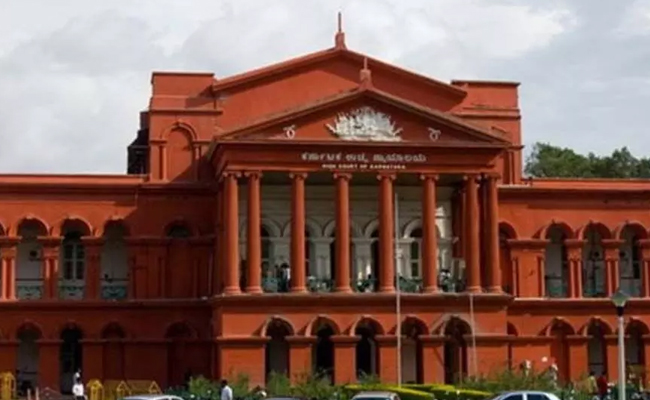Mangaluru, Nov 6: The Congress in Karnataka alleged on Wednesday that the BJP government at the Centre was neglecting issues of women and spending huge amounts on advertisements about so-called welfare schemes for them.
"Even the highly publicized campaign for 'Beti Bachao, Beti Padao' is limited only to the flex boards of its advertisements all over the country, which has been exposed during their rule of the past six years at the Centre," state Mahila Congress chief Pushpa Amarnath said, addressing reporters here.
Amarnath was here in connection with the campaign for the Mangaluru City Corporation (MCC) elections.
She requested the women in the city to rise to the occasion and support the Congress as "it is the only political party which honours and respects women in the country."
Former Chief Minister Siddaramaiah had introduced people friendly schemes like Anna Bhagya, Ksheera Bhagya and Indira Canteen, which were hugely successful as they helped the poorer sections of society, she said.
Election observer Savitha Ramesh, district Mahila Congress president Shalet Pinto and National Mahila Congress president Janet D'Souza were present at the press meet.
Let the Truth be known. If you read VB and like VB, please be a VB Supporter and Help us deliver the Truth to one and all.
New Delhi (PTI): At least 10 flights were cancelled and more than 270 flights were delayed at the Delhi airport due to fog and low visibility conditions on Tuesday.
An official said 6 arrivals and 4 departures have been cancelled for the day.
ALSO READ: Central laboratory confirms avian flu outbreak in parts of Alappuzha, Kottayam districts
Over 270 flights have been delayed and the average delay time for departures is 29 minutes, as per information available on flight tracking website Flightradar24.com.
"Visibility at the airport is improving; however, flight departures for certain destinations may experience delay," Delhi airport operator DIAL said in a post on X.
The Indira Gandhi International Airport (IGIA) in the national capital handles around 1,300 flight movements daily.





